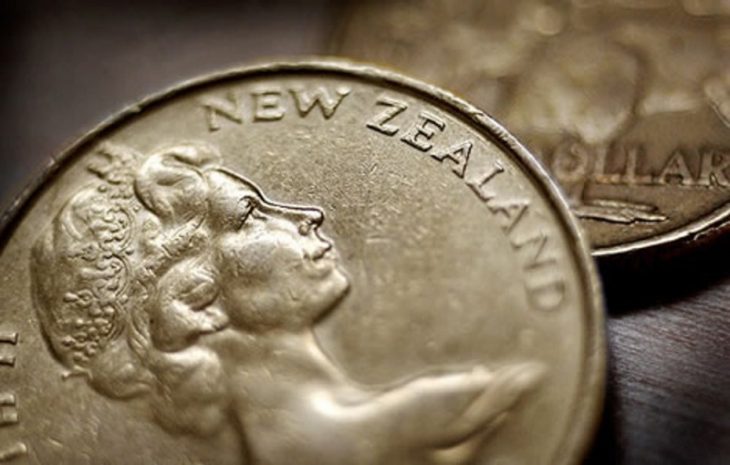
Reserve Bank of New Zealand and prospects for its monetary policy. Alexander Sivtsov.
The article will focus on the central bank of the country, which every Tolkien fan would like to visit, as the screen version of books about the hobbit adventures is known to the whole world. Please, welcome – the Reserve Bank of New Zealand.
Reserve Bank of New Zealand (RBNZ). On April 1, 1934, the act of creation of the Reserve Bank of New Zealand was approved, and the bank entered into operation and launched the issue of banknotes on August 1, 1934. The bank was nationalized in 1936. For a long time in New Zealand, long before the creation of the RBNZ, not only British, but also foreign coins (Portuguese, Spanish, Indian, Dutch, Danish) were in circulation.
Structure of the Reserve Bank of New Zealand
The leadership of the RBNZ consists of the Chairman of the Bank (Graham Wheeler) and the Board of Directors. The Board of Directors organizes regular meetings, during which the performance of the chairman and the bank as a whole is assessed. A distinctive feature of the RBNZ management structure from other central banks of the leading countries of the world is that the final decision on monetary policy is taken by the chairman of the Central Bank. And, the Board of Directors renders advisory assistance in making such decisions. Also, the Reserve Bank of New Zealand is wholly owned by the state, which distinguishes it from other reserve banks, such as the US Federal Reserve.
Functions of the RBNZ
Like most central banks, the main objective of the RBNZ is to maintain financial stability in the country through an effective monetary and credit policy. The Reserve Bank of New Zealand is responsible for the issuance and retirement of the New Zealand currency. The RBNZ also provides a high level of control over the private banking sector in New Zealand. According to the requirements of the Central Bank, each of the private banks operating in the country provides quarterly reports and detailed information about their actions and financial condition.
Monetary policy of the RBNZ
The main instrument for regulating the monetary policy of the Reserve Bank of New Zealand is the change in the basic interest rate, which today stands at 1.75%. It is the lowest value for the RBNZ. This level of the interest rate of the RBNZ is higher than that of the RBA, the Fed, the ECB, the Bank of England, the Central Bank of Switzerland and the Central Bank of Japan. This makes New Zealand attractive for foreign investment.
Naturally, attracting investment in the country is a positive moment, but do not forget that their influx supports the national currency of New Zealand, which is unprofitable for the country that is focused on exports. It would be logical to think that in this situation, the Reserve Bank of New Zealand can reduce the interest rate by weakening the national currency in the international arena, but why RBNZ does not take this step.
The thing is that the New Zealand real estate market is developing at a rapid pace. According to April data, housing prices in New Zealand have increased by 10% since the beginning of the year, and in some regions there has been a price increase by 27%. Due to the high level of inflation in the real estate sector, the main task of the RBNZ is to prevent overheating of this sector, which can lead to a sharp decrease in it and negatively affect the economy as a whole. Given the above facts, the Reserve Bank of New Zealand will keep the interest rate at the same level for a long time and, most likely, the next change in the discount rate will be upward, not lower.
Follow the expert opinions on the website of the company Ester Holdings Inc. to stay up-to-date of key events in the world of finance and possible changes in the monetary policy of the Central Banks of the world’s leading countries.
Alexander Sivtsov